How Navy Drones Have Changed Russia’s Black Sea Plans
Technological advances have moved the so-called ‘drone war’ to sea. Could this shift the tide of war in Ukraine’s favour?
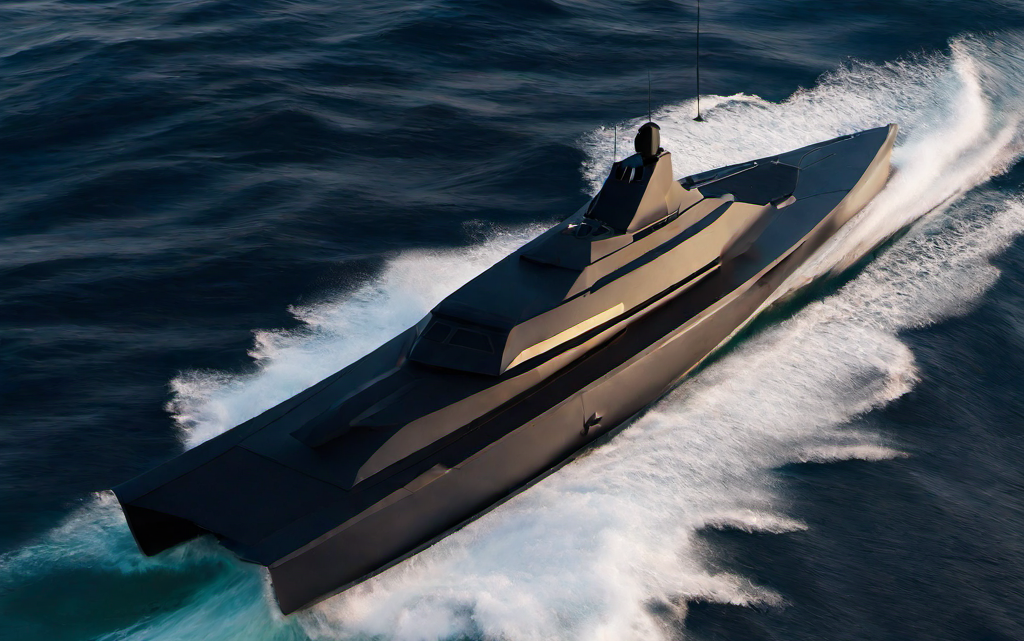
To date, the war in Ukraine has focused on Mariupol, Bakhmut, Donetsk, and the wider Donbas valley. Meanwhile, the war in the Black Sea has generally been a side show, with only some events, such as the sinking of the Russian cruiser Moskva, making any headlines or impact.
However, as the fighting drags on into trench war stalemate on land, both sides are looking out to sea to make breakthrough. In doing so, the development and deployment of naval drones may be key to winning the war.
The Significance of Black Sea Geography
The Black Sea has long been a contentious body of water for all the countries bordering it (Bulgaria, Romania, Ukraine, Russia, Georgia, and Turkey), with each seeing it as a vital route to international trade and commerce. Yet the key to this gateway for exports is held by Turkey who guard the Bosporus straits and have consequently played a leading role in what Ukraine and Russia can access.
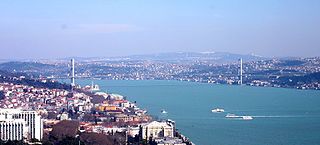
Soon after Russia invaded, food prices began to rise as the significance of Ukrainian and Russian exports were realised on global markets. Both countries are international suppliers of wheat and sunflower oil, such that before the war, the two countries combined accounted for 12% of all calories on the global market.
While wealthier countries could afford to pay higher prices for the indispensable products of flour and oil, poorer nations quickly struggled. This was especially felt in Africa, where between 2018 and 2020 44% of all wheat imports came from either Ukraine or Russia.
Consequently, a grain deal was soon negotiated to allow food exports from Ukraine as long as Turkey promised to inspect all ships passing through the straits for illicit weapon imports. Twelve months from the agreement’s signing, more than thirty million tons of agricultural products have been exported saving the world’s poorest from starvation.
Russia’s Original Black Sea Plan
This was a situation which suited Russia as it would bring what it thought would be peaceful and uncontested waters which its warships could use to aid ground offensives. Russia’s vastly bigger navy could even help capture Odesa - a move which would completely cut off Ukraine from the sea.
It also allowed Russia access to the Kerch Straight Bridge connecting Russian occupied Crimea to the mainland. At 18-kilometres long, the bridge is vital chain in Russian logistics, supplying weapons, fuel, food, and soldiers to support Crimea from Ukrainian attack. Without this multi-lane road and rail connection, keeping Crimea out of Ukrainian hands would be much, much harder.
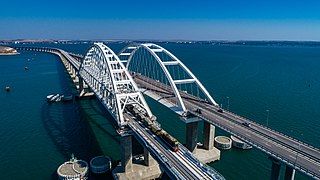
Ukrainian Drones Destroy Russia’s Plans
However, Russia severely underestimated Ukrainian capabilities to wage war at sea, as Ukrainian anti-shipping missiles, including the domestically manufactured Neptune, proved highly effective. This was such a surprise to the Russians that a single salvo is believed to have sunk the cruiser Moskva, the flagship of the Russian Black Sea fleet.
Following this success, Ukraine added to its stockpile of anti-shipping missiles, including purchases of Western systems, such as ground-launched Harpoon missiles.
It was a development which forced Moscow to rethink its naval strategy by placing all of its warships out of danger, far from the Ukrainian coast. Here it could at least still play a role by firing cruise missiles on targets in Ukraine.
But Ukraine was still keen to press the Russian Navy further and limit its use of expensive cruise missiles with a deployment of naval drones. These small, uncrewed vessels have a much longer range than anti-ship missiles, they can carry a payload large enough to sink or damage any vessel, and significantly, they are much easier and cheaper to produce.
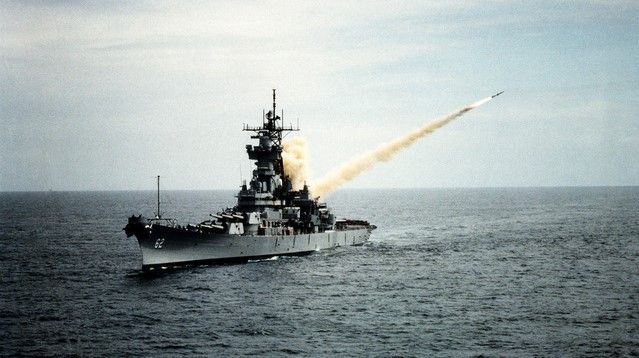
As one military analyst describes it, “Pavel and his mates probably can't build a Neptune missile in their garage. But after an appropriately stiff drink, they are probably going to be able to figure out pretty easily how to add explosives, some cameras, and a communication set to a speedboat.”
Ukrainian Naval Drone Capabilities
Most naval drone designs developed so far have kept a classic speedboat shape and sit low in the water for both streamlining and lower target profile.
While the Ukraine military fields a wide range of naval drone types, including many ‘homemade’ variants (some purportedly constructed from old jet ski parts), the most commonly deployed waterborne drone is made by Ukraine-based United 24.
Their most common naval drone has the following specifications:
· Length: 5.5 meters
· Full weight: up to 1000 kg
· Operational radius: up to 400 km
· Range: up to 800 km
· Autonomy: up to 60 hours
· Combat load: up to 200 kg
· Max speed: 80 km/h
· Navigation methods: automatic GNSS, inertial, visual
· Video transmission: up to 3 HD video streams
· Crypto protection: 256-bit encryption
Not bad for a $250,000 price tag; especially if it is able to sink a $400 million warship.
Other Naval Drone Designs
Ukraine is not alone, of course, in developing naval drones. Instead, it is a field which is being researched globally, as a drone’s low cost and safety for sailors is so evident against the high cost and risk to life of conventional crewed warships.
However, it is worth emphasising that naval drones are not super weapons at this point. Fast small surface vessels like speedboats have always posed a threat to military warships.
At the same time, the vast majority of naval drones will be stopped before they can reach their target.
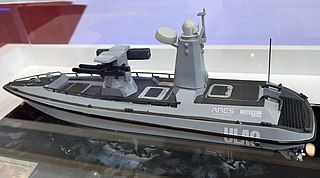
Navy Drones are Making Their Mark
Airborne drones have evolved quickly over the past two or three decades, with the Russia/Ukraine war only now proving what they can truly be capable of. Even then their role is being adapted beyond precision strikes and reconnaissance. Micro-drones are supporting infantry in built up areas, drone swarms are threatening future wars, and artillery is becoming a precision tool with drone eyes to direct single rounds.
However, the speed at which naval drones have changed the shape of the Black Sea battle is astounding. Now a country without a completely overpowered navy can compete for space and push back the billions spent on warships to the other side of the water.
Drones’ power over the air and land had never been in doubt, but now they are beginning to rule the waves as well.
STOP PRESS
Just at going to press, BBC News reports of a major air and sea drone attack by Ukrainian forces near the Russian port of Novorossiysk. Carrying over 450kg of dynamite, a video appears to show a sea drone hitting a warship (thought to be the Olenegorsky Gornyak).
Further news reports and videos shown on social media give evidence of other drone attacks on bridges in Crimea and Russian flagged merchant vessels.
Russia said it had “repelled a Ukrainian attack on its naval base there which involved two sea drones, but did not admit any damage.”
The impact of naval drones is now being felt daily.
Photo credit: Wikimedia, Picryl, Wikimedia, Nara, & Gencraft

